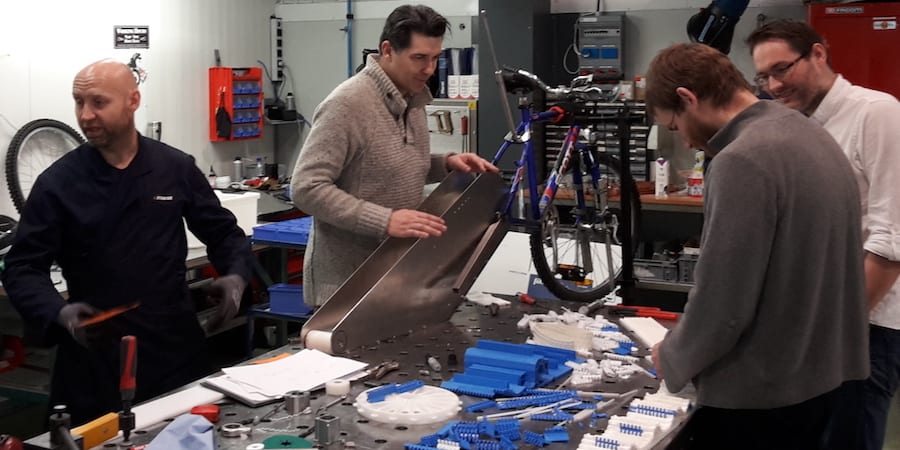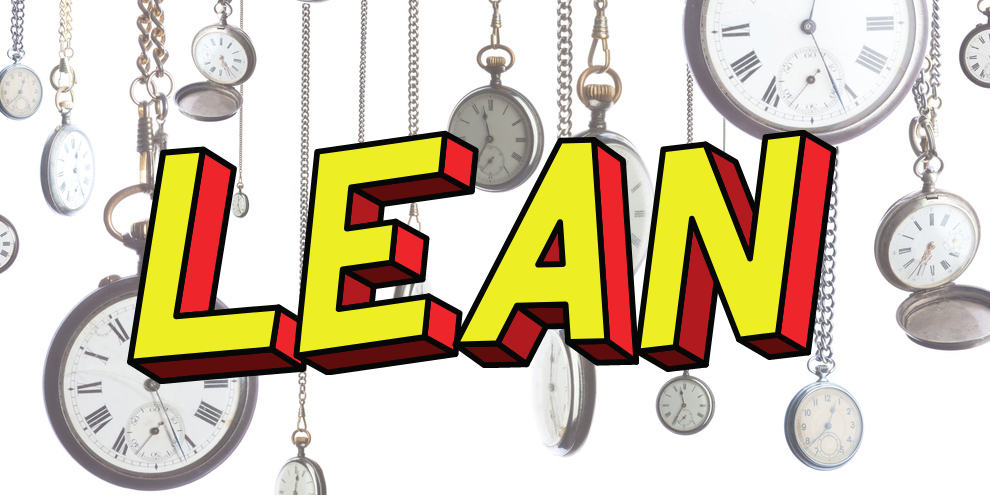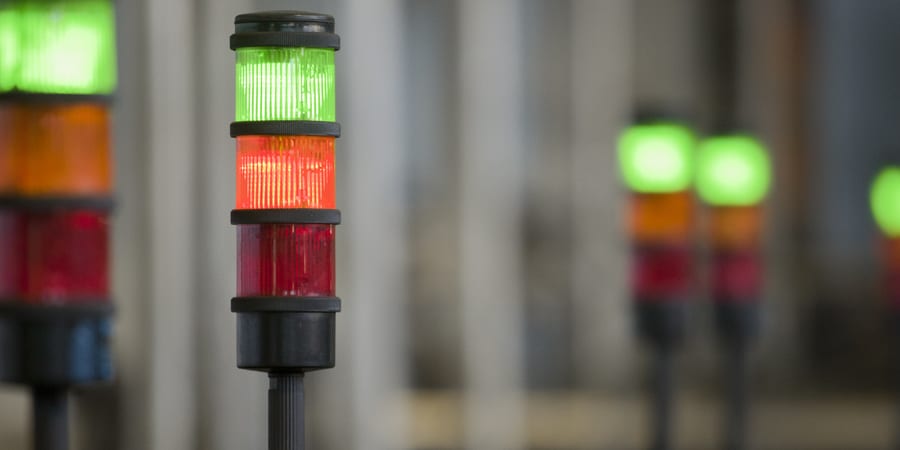
How Iceland firm Marel motivated engineers with a hackathon
FEATURE – As an experiment to boost cross-functional collaboration, creativity and joy on the workplace, Iceland-based machining manufacturer Marel recently ran a hackathon. Here's what the experience taught them.
Words: Pétur Arason, Owner of Manino
Inspired by Internet companies like Spotify, which have been running hackathons for a few years now, Marel recently decided to give this approach a try and took 120 engineers out for the day.
We encouraged them not to think about their jobs and daily routines, and asked them to concentrate on just having fun instead. The group was mixed: 40% of participants were software engineers, 30% were mechanical engineers, 20% were electrical engineers, while the remaining 10% was represented by structural engineers working on different products and therefore serving different customers.
Typically, engineers work in groups of 10-15, with very limited cooperation with people outside: this means that within the 120 people taking part in the hackathon, many didn't know each other nor had they worked together before.
In the weeks leading up to the event, we encouraged people to put up on a wall their ideas for a project to work on during the innovation days. The main rule was that there were no rules – anybody could come up with any idea. We received a lot of input, ranging from creating a non-sticky cheese cutter to sending the company logo into outer space and having it orbit around the globe.
It was very interesting to see the diversity of the ideas generated. We were pleased to see that many of them focused on both our customers and our internal processes. A lot of them didn't necessarily relate to the company, and some were – to put it mildly – "a bit crazy", like the one aiming to create a mobile hiking toilet that could be easily used in the Icelandic highlands (Iceland is experiencing a tourism boom and we are not able to build infrastructure – such as public toilets – fast enough to keep up with the soaring numbers of visitors).

All ideas, no matter how crazy they might sound, required creativity and enthusiasm to be conceptualized – and that's what we were after.
We took all the suggestions we received into a conference room and glued them on the walls. We then let people walk around the room and choose the idea they wanted to work on, which – predictably – generated a bit of chaos at first. Soon, however, small groups of people had gathered around ideas they liked and in the end it was rather easy to form teams around those ideas. We eventually had 15 teams of 5-6 people.
Each team was given a meeting room that they could use to work on their ideas for the next two days. They also had access to a workshop/laboratory where almost "anything" is possible: some of the teams made the most of the opportunity and even created prototypes over the course of the two days.
When we planned the event, we had decided not to pick "the best project" with the format typical of contests. Instead, we created different categories, such as the funniest project, the craziest project, the coolest project, and so on.
After the hackathon, some of the participants admitted that they had showed up at the kick-off with no real commitment to participate, but out of curiosity. However, once they saw what was going on and joined the teams, it was clear there was no turning back for them.
On day two, it was amazing to observe the teams hard at work on their projects. The atmosphere was great and creativity literally filled the air. Anyone who works in innovation knows that whenever this happens, it is a beautiful thing. It was also interesting – and great – to see how, even without any rules or guidelines, people set the bar high for themselves – perhaps even higher than any manager would have.
Instead of having a controlled process, we focused on creating an environment where anything could happen and creativity could be set free. Everybody had access to the product development workshop, and to production in case they needed help putting together a prototype. We even had a 3D printer available for rapid prototyping.
The ideas that were eventually turned into actual projects were different in size and shape: some, like non-sticky cheese cutter, could be 3D-printed; others were prototyped, like the "snowcycle", an automatic beer pump fitted with an alcoholic meter (to prevent you from drinking too much), and an automatic ice-cream candy blender; others, like an industrial sous-vide hamburger solution, could only be conceptualized.
The two days ended at an old theater in downtown Reykjavik, where all teams had around five minutes to present their projects. Everybody was aware of how crucial this part of the process would be, which is probably why we ended up with three hours of presentations that at times resembled comedy skits. It was incredible! When creativity meets healthy competition, you get pure enjoyment.

So what did we learn from our very first hackathon?
We already knew we had amazing brainpower at Marel, which we can tap into to create great products for our customers – but perhaps we hadn't realized just how awesome our engineers are. More importantly, before the hackathon, we didn't know how much power lies in setting people free and telling them there are no rules. What was actually surprising – although tough at first – was how liberating the process became once people took control of things.
I think we had somehow forgotten how powerful pure innovation can be. When people come together to play and create, some sort of magic happens. It is our intention now (and surely it will also be our main challenge) to translate that joy and enthusiasm into our standard process for developing new products – which, like in any other company, is full of rules and best practices. Out there, we have many examples of organizations that have succeeded in doing this, and we know that employee empowerment and a focus on customer value are key elements in this transformation.
THE AUTHOR

<hr>
Read more



FEATURE – Just like a diet alone won't result in real fitness, cost cutting is in itself not enough to ensure an organization is healthy. Making our companies fit and sustaining results begin with building capabilities in our people and improving our processes.


FEATURE – With one of the biggest lean events of the year just four days away, John Shook tells you why you should participate and what you can expect.


INTERVIEW – Catherine Chabiron sits down with Marc Onetto, a former executive with GE and Amazon, to discuss Jidoka and its profound effects on the way people work and think.


WEB SERIES – In the fourth and final episode of Season 1 of our docuseries, we visit home improvement and gardening retailer Leroy Merlin and learn about their efforts to lean out their supply chain.

